Crew 7 Date 29 April 2013 Fatalities 7 (all) | Survivors 0 Aircraft name Lori | |
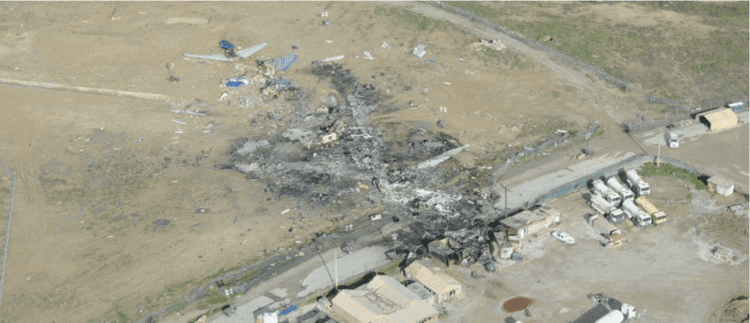 | ||
Summary Stalled after load shift and impacted ground shortly after takeoff Destination Al Maktoum International Airport Similar UPS Airlines Flight 6, FedEx Express Flight 80, Garuda Indonesia Flight 421, Tatarstan Airlines Flight 363, China Airlines Flight 120 | ||
National Airlines Flight 102 was a cargo flight operated by National Airlines between the British military base Camp Bastion in Afghanistan and Al Maktoum Airport in Dubai, with a refueling stop at Bagram Airfield, Afghanistan. On 29 April 2013, the Boeing 747-400 operating the flight crashed moments after taking off from Bagram, killing all seven people on board.
Contents
- 747 crash explained in detail national airlines flight 102
- Aircraft
- Accident
- Investigation
- Reactions
- References

747 crash explained in detail national airlines flight 102
Aircraft

The aircraft involved was a Boeing 747-428BCF, registration N949CA, S/N 25630. It was manufactured in 1993 as a passenger aircraft and later modified for service as a freighter before being sold to National Airlines. At the time of the crash, the aircraft was flying on behalf of the United States Air Force's Air Mobility Command.
Accident
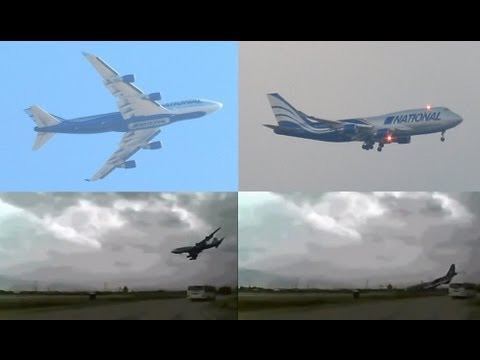
At the time of the crash the airline had been operating between Camp Bastion and Dubai for a month. The accident flight had originated in Camp Bastion and had stopped at Bagram Airfield to refuel. The aircraft then took off from Bagram's runway 03 at 15:30 local time and was climbing through 1,200 feet (370 m) when its nose rose sharply. According to an unconfirmed claim, a crew member was heard on VHF air-band radio reporting that some of the load of five heavy military vehicles in the cargo hold had shifted. The aircraft then stalled, crashed, and exploded into a large fireball. The crash site was off the end of runway 03, within the perimeter of the airfield. All seven crew, all of whom were U.S. citizens, died: four pilots, two mechanics, and a loadmaster.
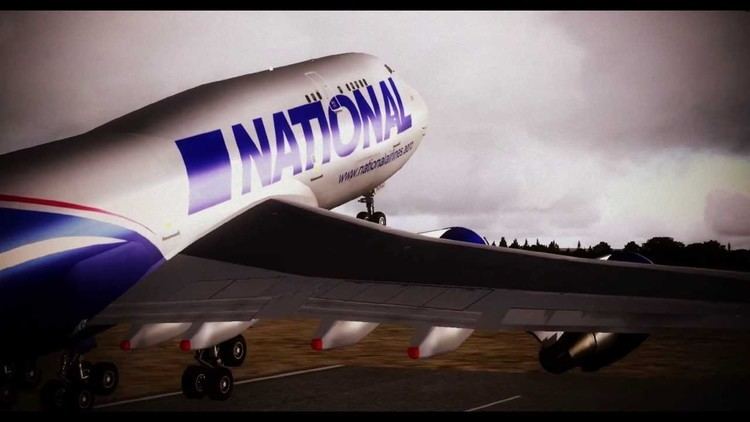
A thunderstorm was also in the vicinity of Bagram at the time of the crash and the wind changed direction by 120° during a one-hour period commencing approximately 35 minutes before the crash. A dashboard camera on a car in the vicinity of the runway end recorded the crash. CNN stated that a government official speaking on the condition of anonymity said that the video was authentic.
Investigation
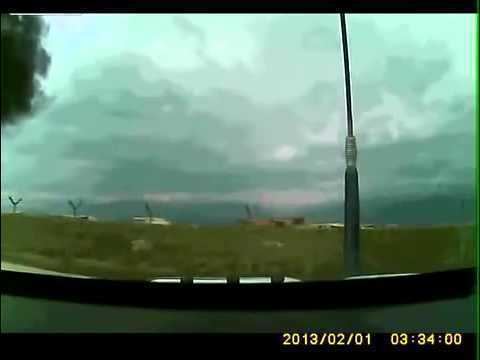
The United States National Transportation Safety Board (NTSB) and the Afghanistan Civil Aviation Authority investigated the crash. The NTSB reported in a 30 April 2013 press release that representatives of the Federal Aviation Administration and the Boeing Company would also provide technical expertise and aid in the investigation.
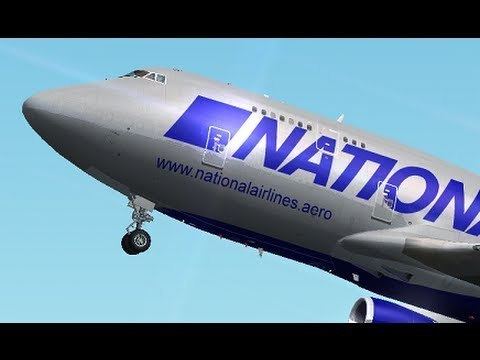
On 2 June 2013, investigators from the Ministry of Transport and Civil Aviation of Afghanistan confirmed the load shift hypothesis: three armoured vehicles and two mine-sweeping vehicles, totalling 80 tons of weight, had not been properly secured. At least one armored vehicle had come loose and rolled backwards against the airplane's rear bulkhead, damaging the bulkhead. This also crippled key hydraulic systems and damaged the horizontal stabilizer components - most notably the jackscrew, which rendered the airplane uncontrollable. Control of the aircraft was therefore lost, with the abnormal pitch-up rotation, stall, and crash to the ground ensuing. Because of the damage, it made it impossible for the crew to regain control of the aircraft. One of the key recommendations was to mandate training for all load masters. This has now been standardized across the cargo airlines under the Federal Aviation Administration.
Reactions
The crash interrupted the New Zealand Defence Force's (NZDF) withdrawal from Afghanistan, as it was only hours away from using another National Airlines aircraft to fly equipment out of the country; after the crash the NZDF indefinitely postponed using National Airlines for its airlift requirements.
